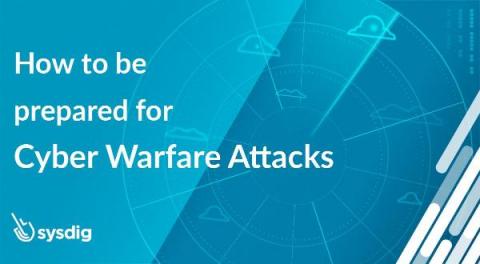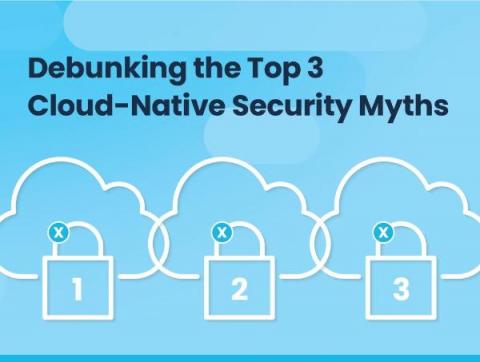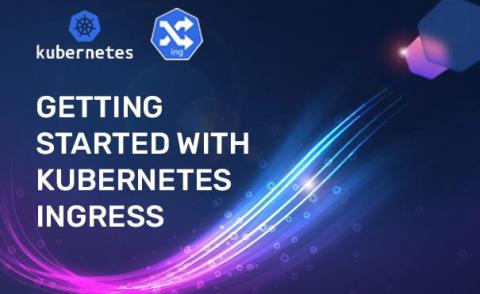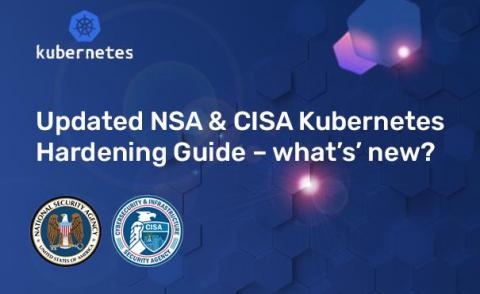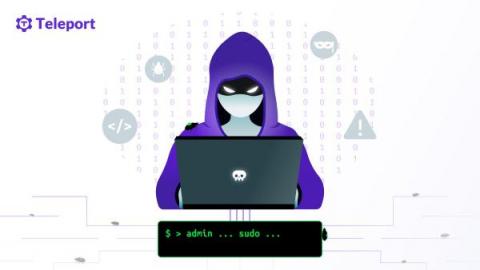How to be prepared for Cyber Warfare Attacks
On March 21st, President Biden released a warning about the possibility of Russian cyber warfare attacks against targets in the West as a response to sanctions. This is apparently backed by “evolving intelligence” and specifically mentions American companies and critical infrastructure.


